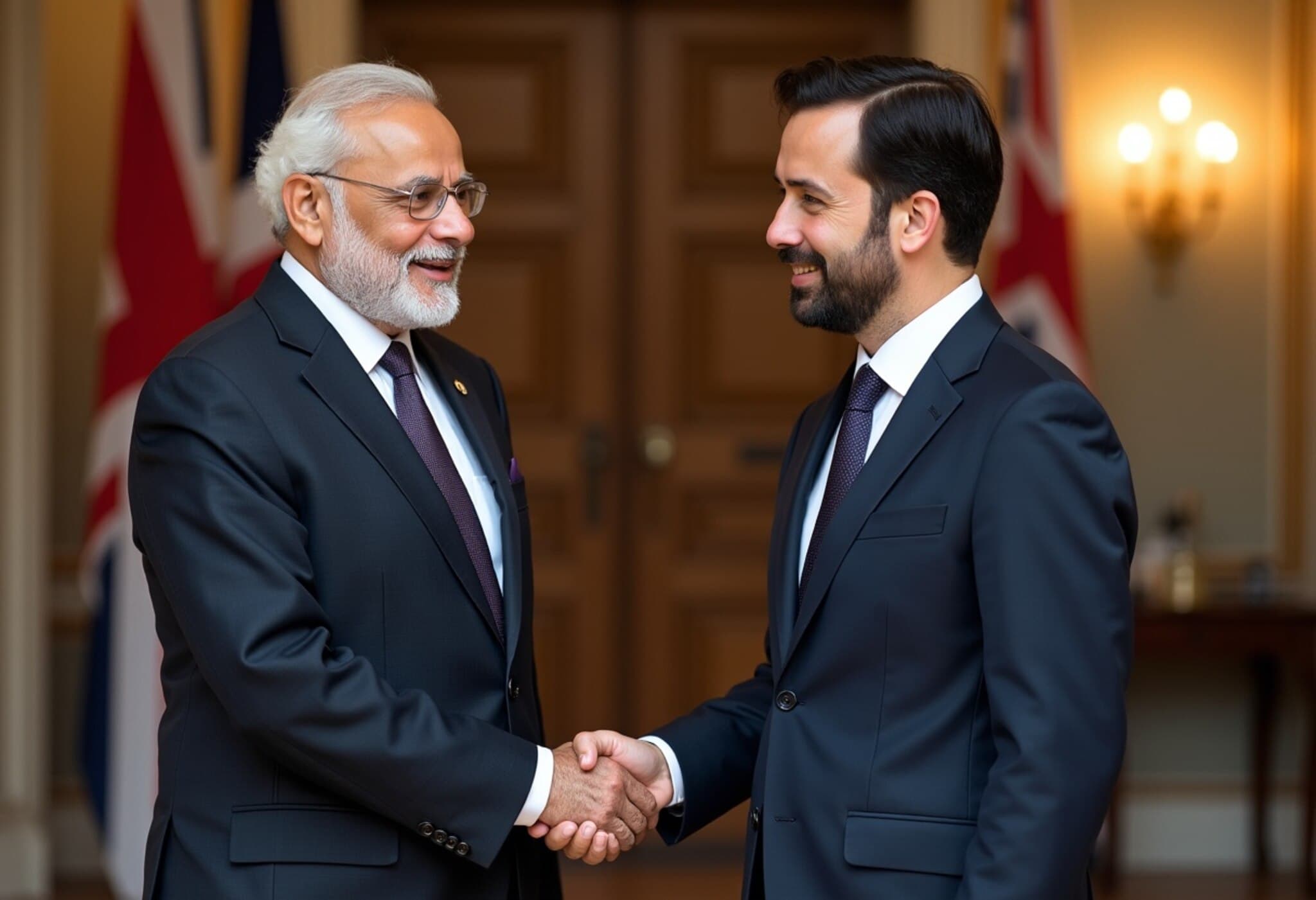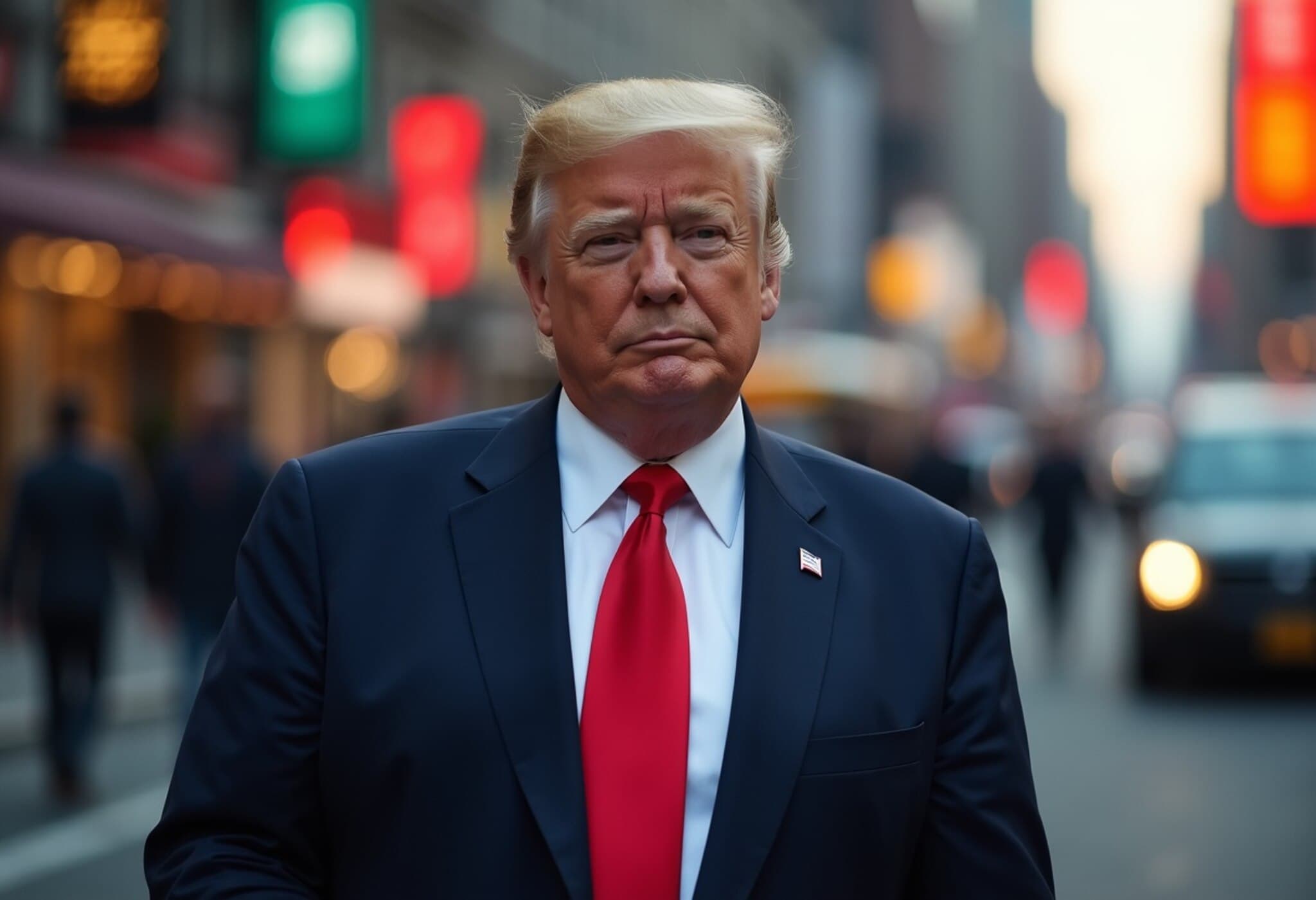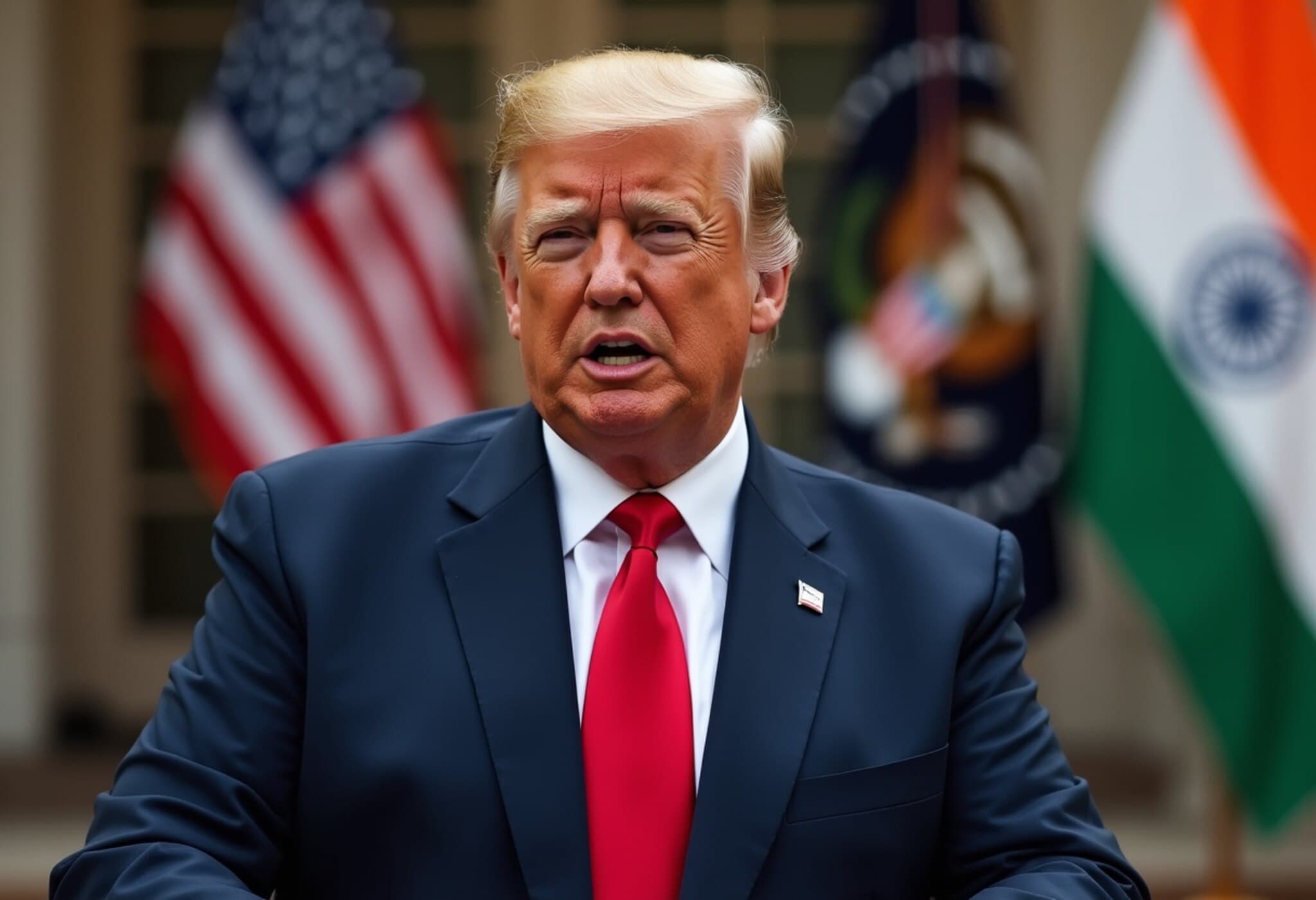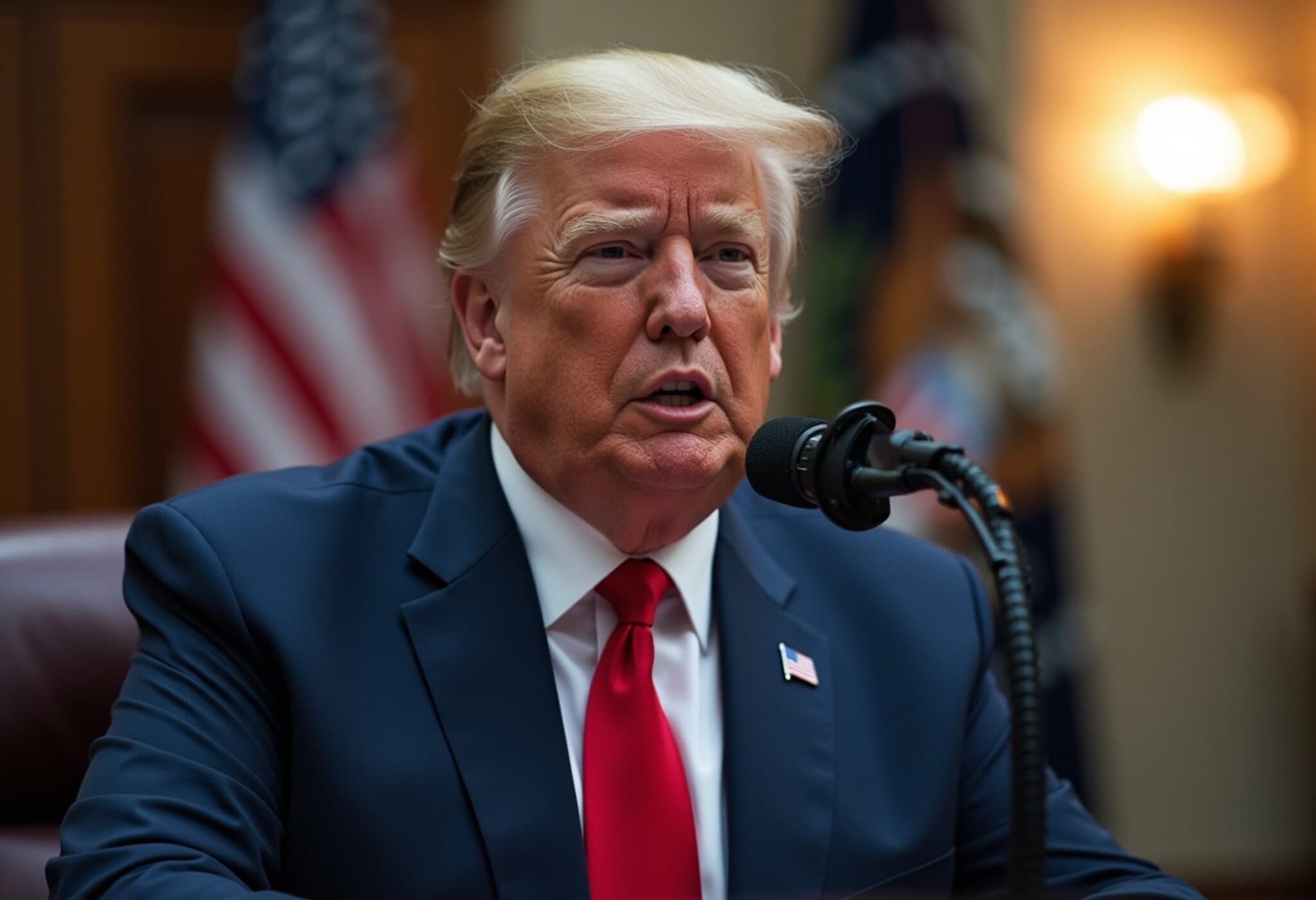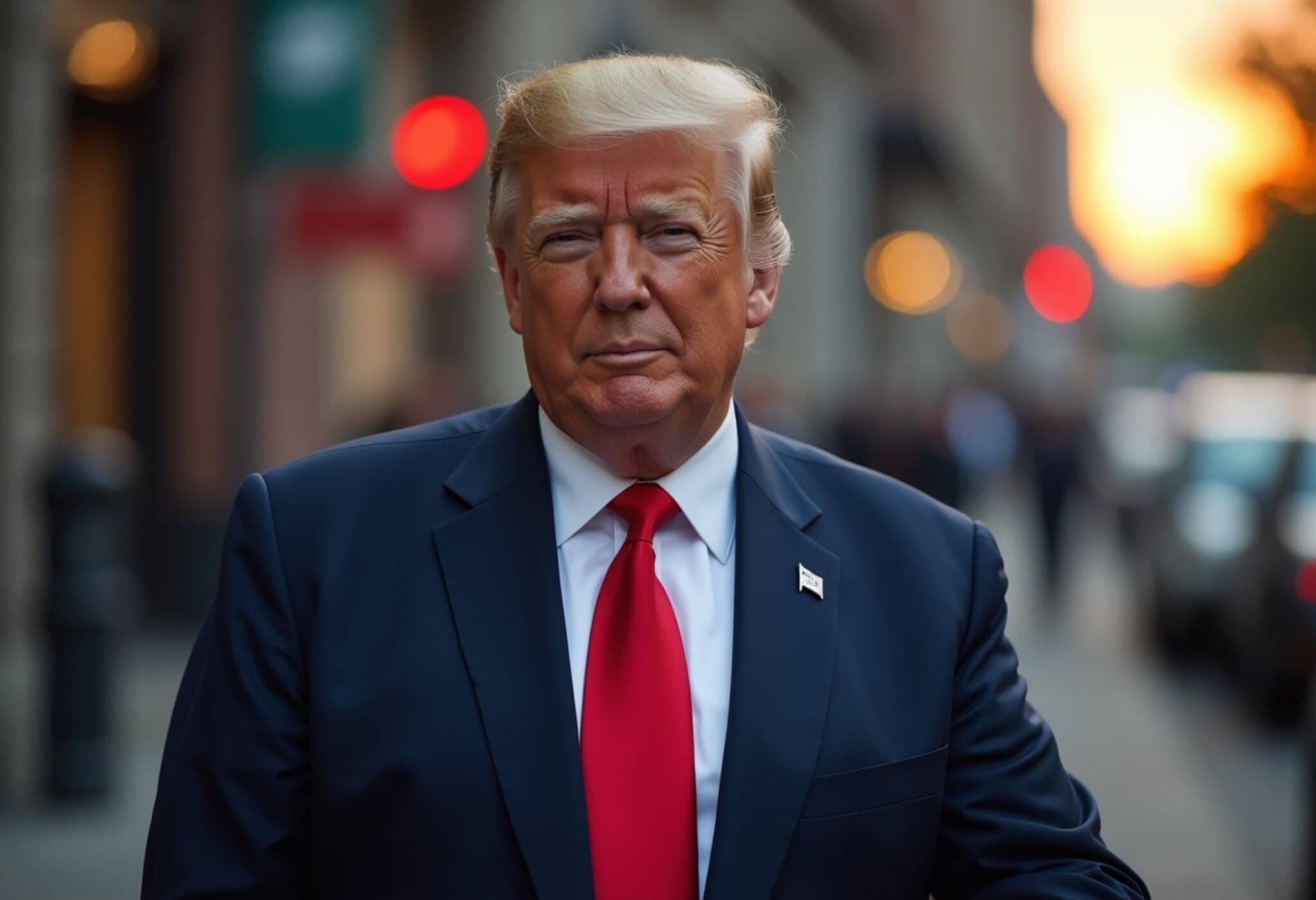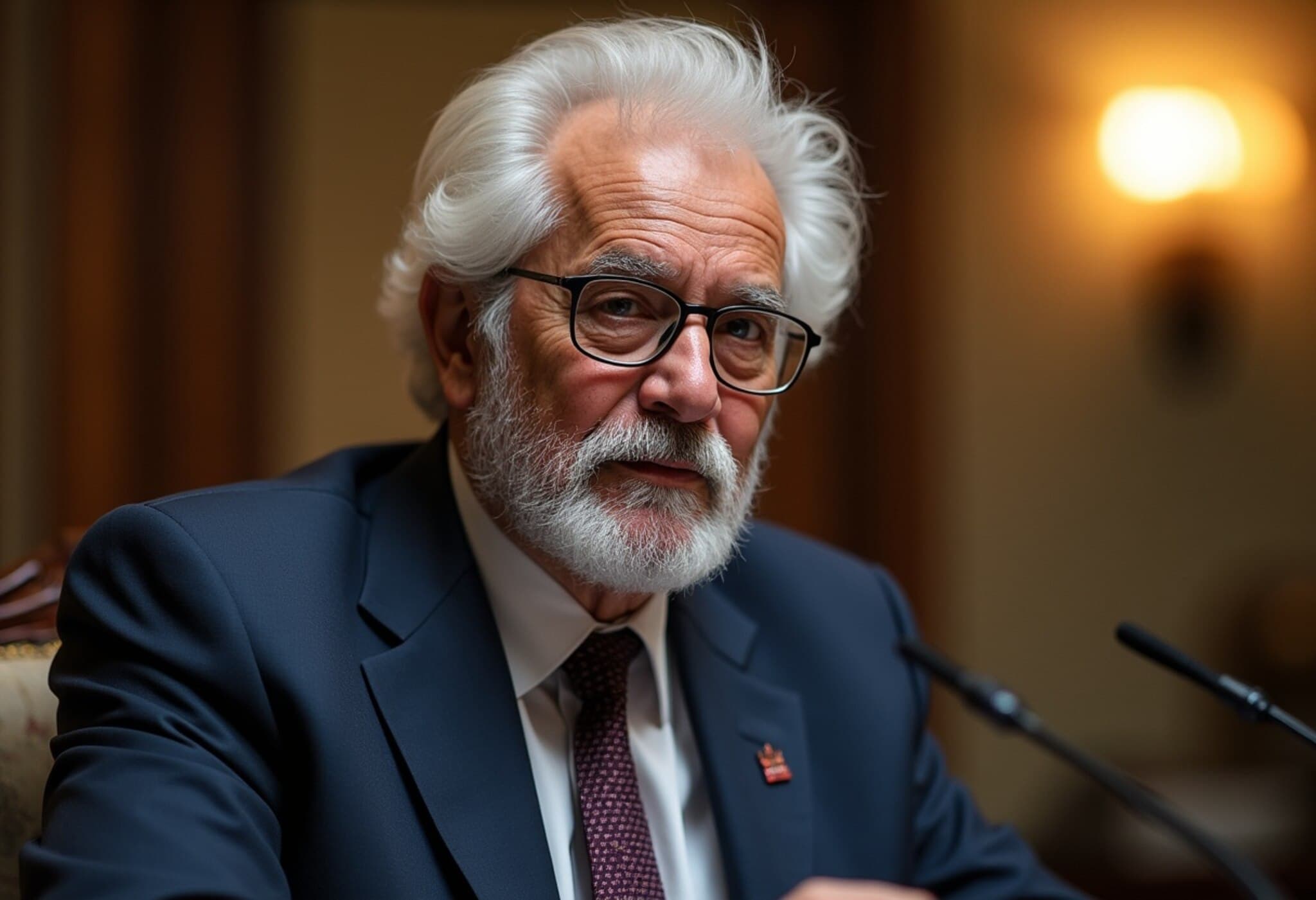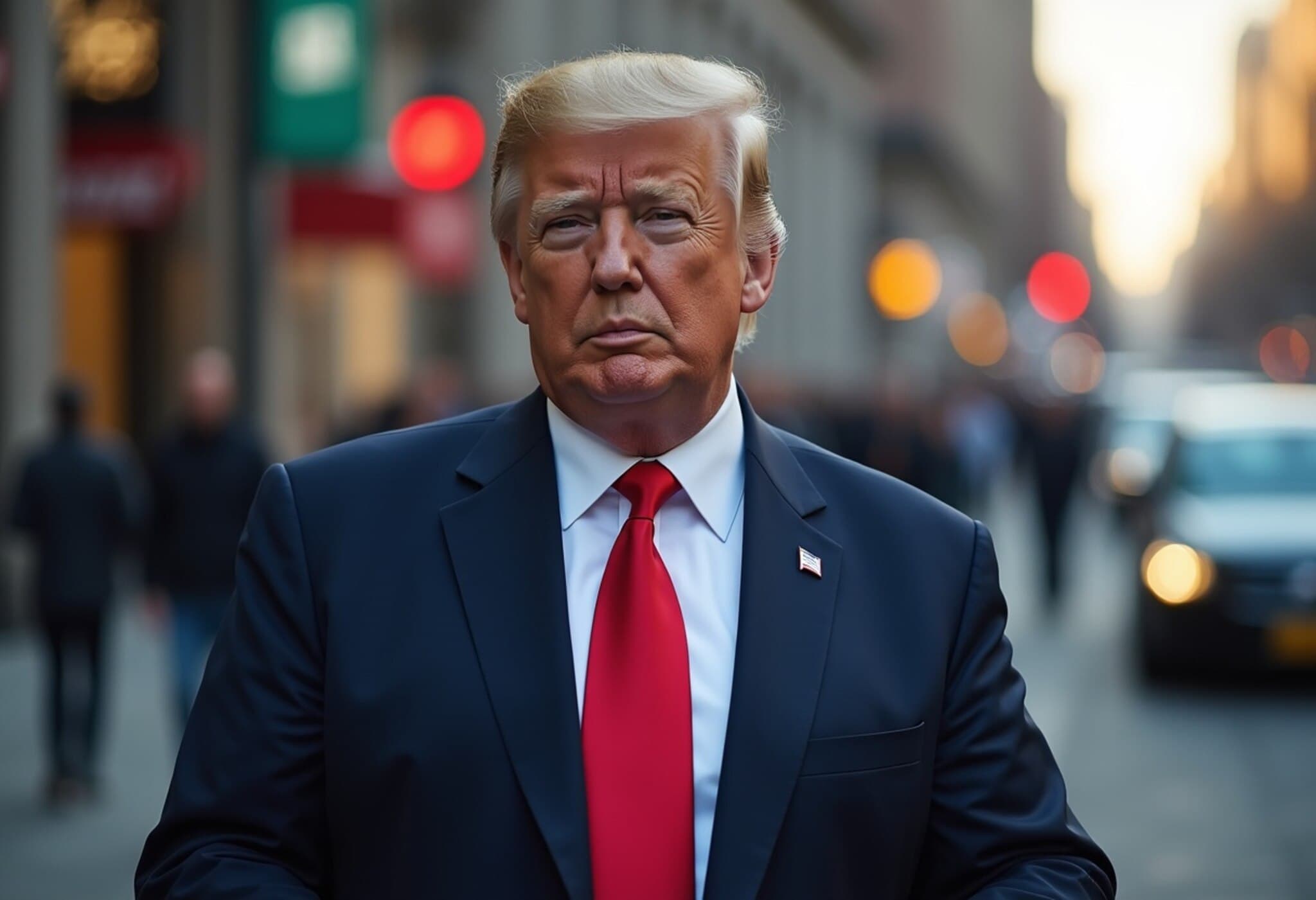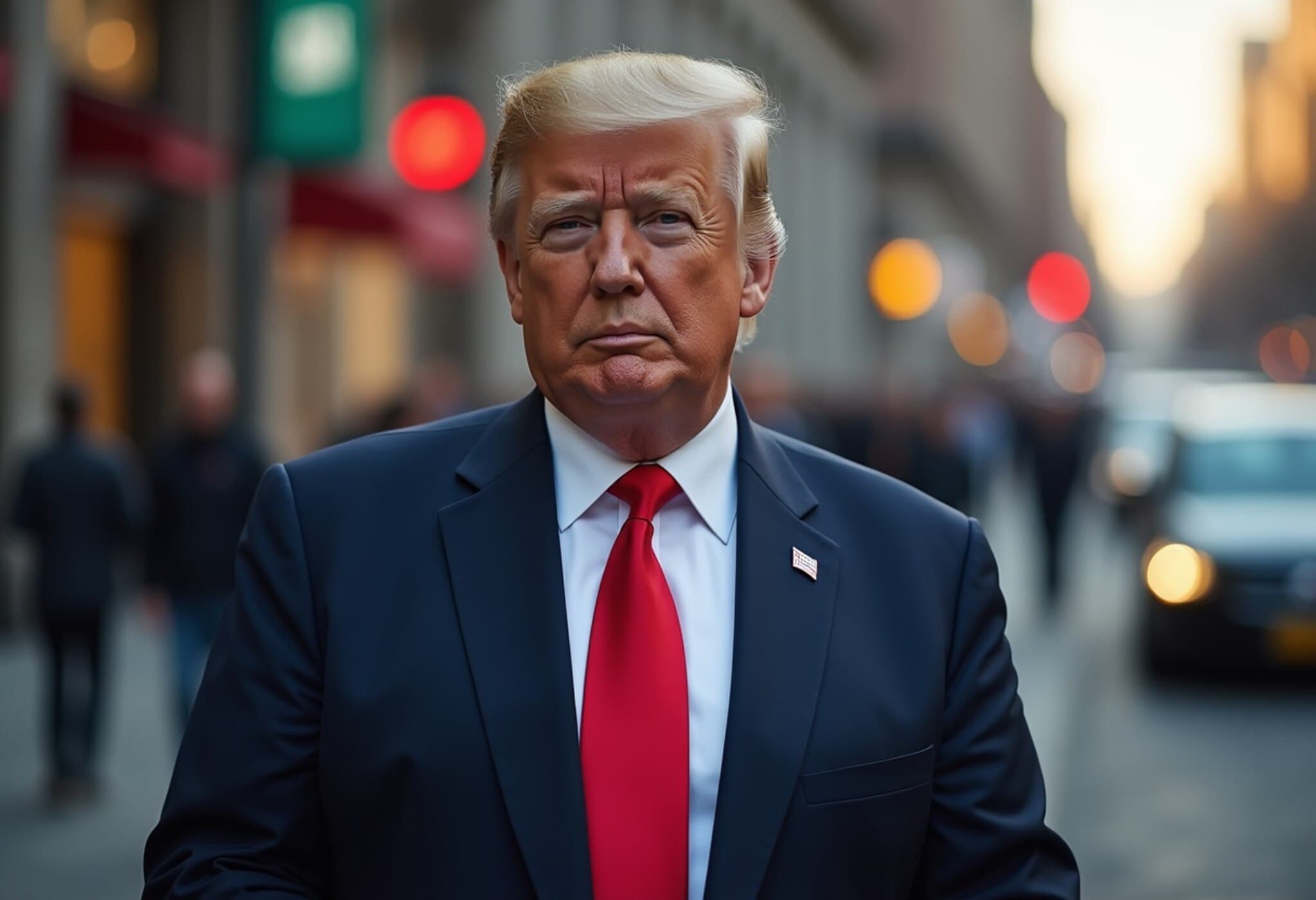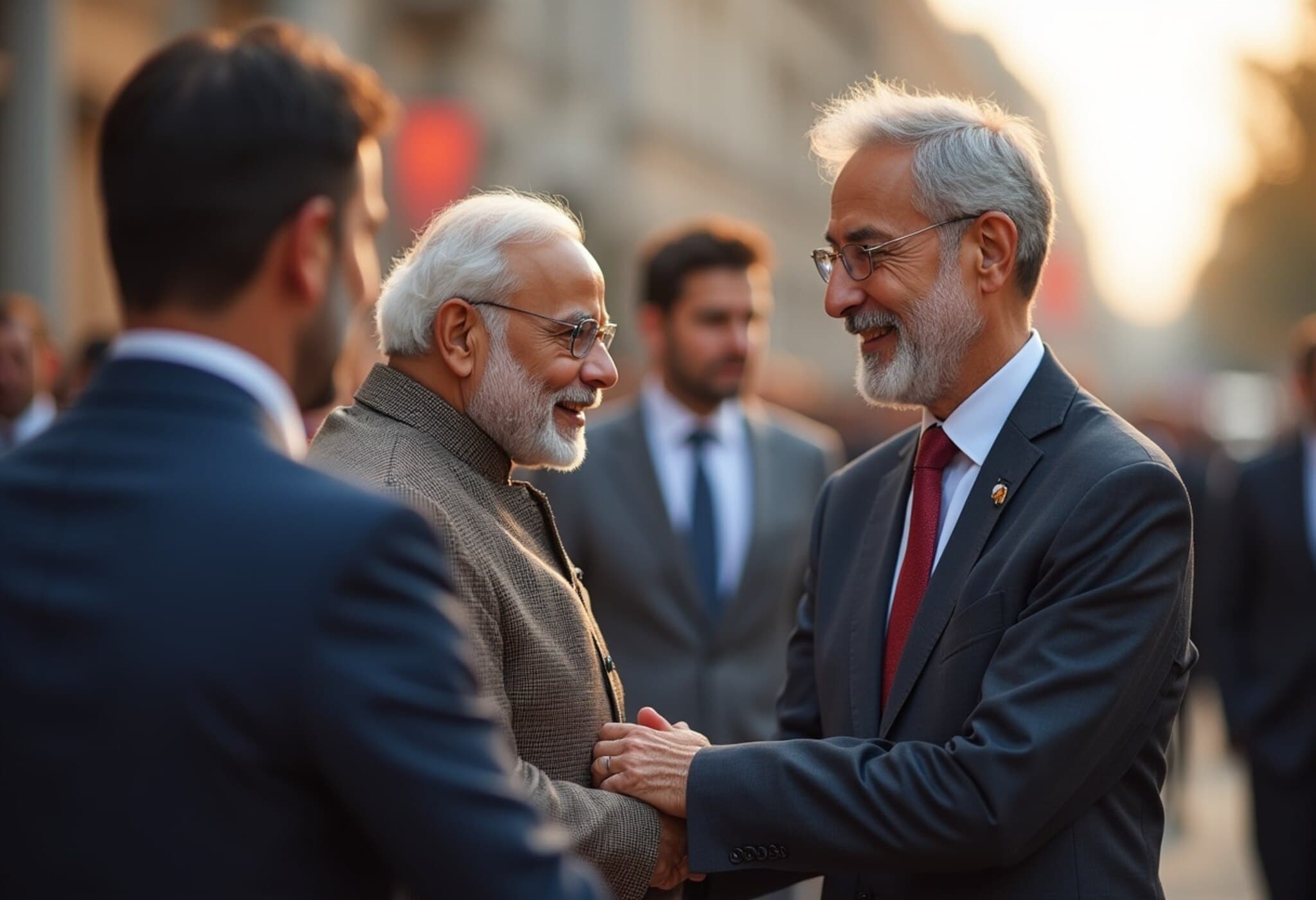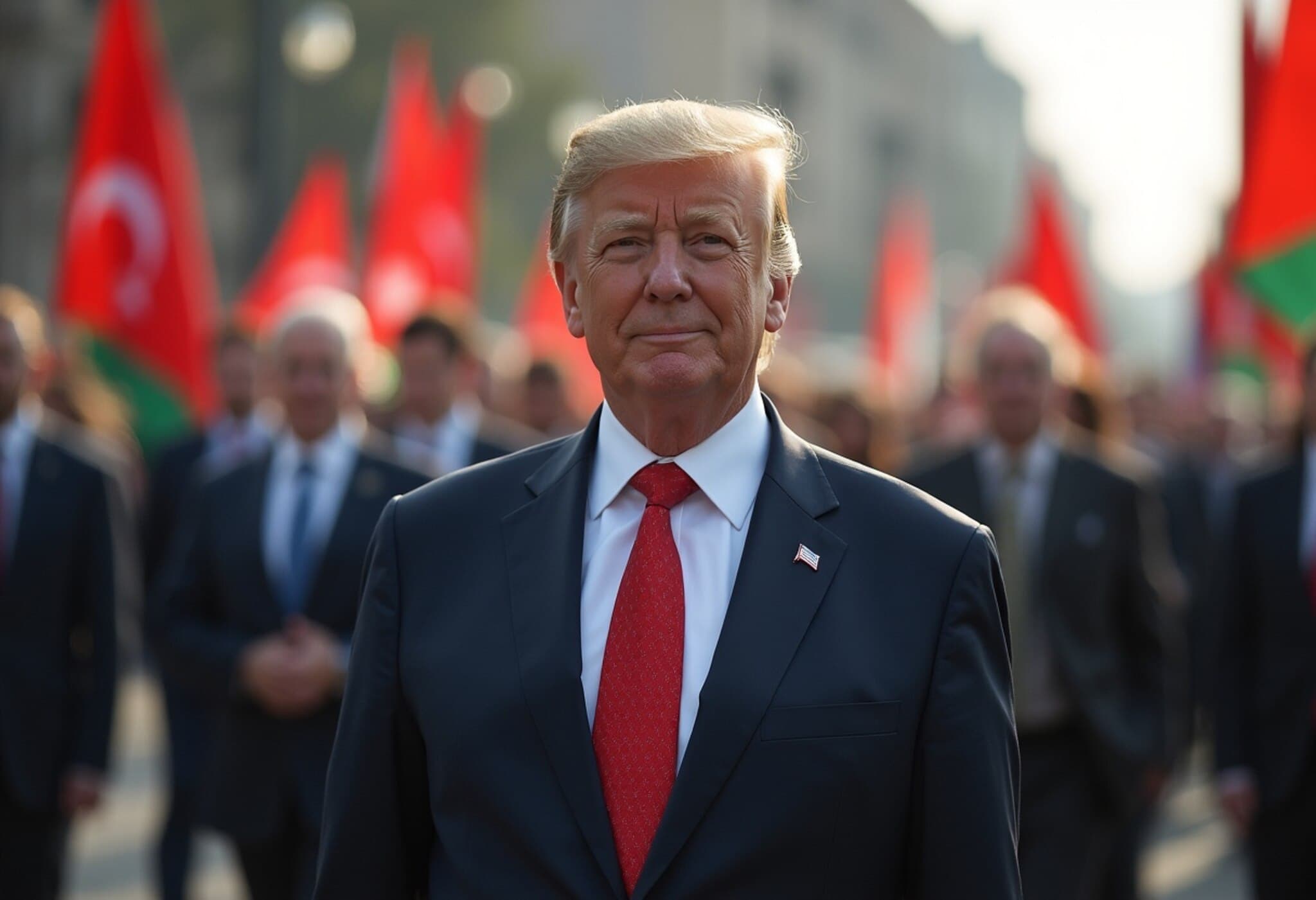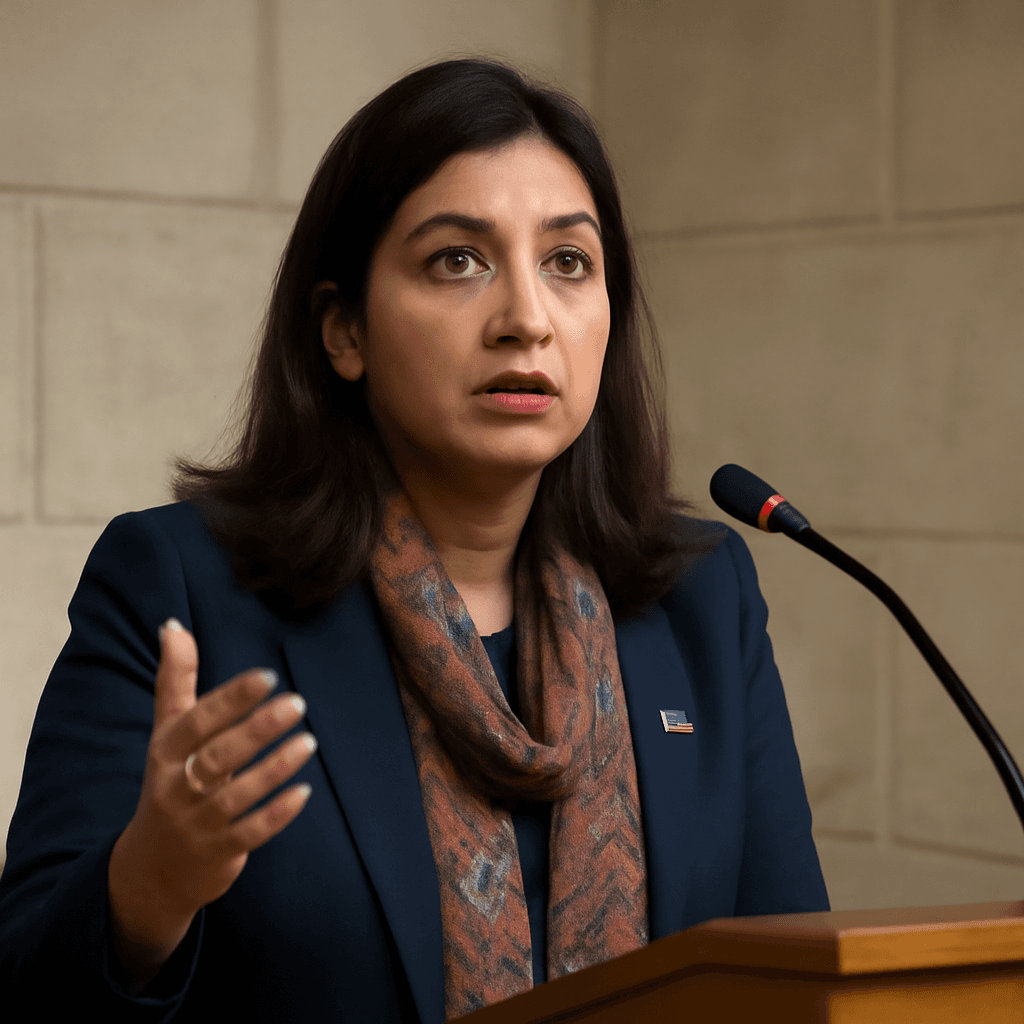India-UK Free Trade Agreement: A Milestone in Post-Brexit Diplomacy
In a landmark development for international trade, India and the United Kingdom have formalized a free trade agreement (FTA) that promises to significantly reshape their economic partnership. The pact, signed by Indian Prime Minister Narendra Modi and UK Prime Minister Keir Starmer at Chequers—the British PM’s country residence near London—heralds a new chapter, aiming to slash tariffs on key goods and boost bilateral trade by an estimated $34 billion annually.
A Historic Moment, According to Modi and Starmer
Prime Minister Modi described the signing as a "historic day" for Indo-British relations. He highlighted the natural synergy between the two nations and their shared aspirations for greater prosperity. Meanwhile, UK PM Starmer called the deal “the biggest and most economically significant trade agreement” the UK has signed since exiting the European Union in 2020, marking it as a cornerstone in Britain’s post-Brexit trade strategy.
Key Highlights from the Joint Press Briefing
- Modi: "UK and India are natural partners. This FTA and Double Contribution Convention sign a new chapter in our business and trade relations."
- Starmer: "Our collaboration goes beyond trade. We have a unique cultural and historical bond and are working toward the India-UK Vision 2035."
- Starmer: "This deal will boost wages, raise living standards, and is good for jobs and businesses by lowering tariffs and making trade more efficient."
- Modi: Celebrated the years of dedicated efforts leading to tangible economic cooperation.
- Modi: Emphasized that the FTA is a blueprint for shared prosperity, particularly benefiting youth, farmers, and micro, small, and medium enterprises (MSMEs) in India.
- Modi: Announced the opening of six UK university campuses in India, including Southampton University’s recently inaugurated Gurugram campus.
- Modi: Acknowledged UK support following recent security challenges in India, asserting accountability for those who misuse democratic freedoms.
- Modi: Expressed support for early peace restoration amidst ongoing conflicts, referencing Russia-Ukraine and Middle East tensions.
- Modi: Used the ongoing India-England cricket test series as a metaphor for the partnership, stressing commitment through "playing with a straight bat".
Economic and Strategic Implications
This FTA stands as a beacon of growing economic interdependence between two of the world’s largest democracies. For the UK, it marks a crucial pivot away from reliance on European markets and signals an embrace of emerging economies outside the EU. For India, it opens doors to increased market access and foreign investment, specifically benefiting dynamic sectors such as agriculture, manufacturing, and education.
Underreported Dimensions
While the trade and diplomatic benefits are clear, less spotlighted is the potential impact on the United States and other stakeholders in the Indo-Pacific region. This agreement could recalibrate geopolitical alignments, especially given the UK’s “Global Britain” strategy and India’s central role within various Indo-Pacific economic and security frameworks.
Furthermore, the symbolic inclusion of educational ties—with UK universities setting up campuses in India—points toward a deeper, multifaceted relationship including skills development, research collaboration, and youth engagement.
What Lies Ahead?
Both leaders have set ambitious visions for the future, notably the India-UK Vision 2035, which envisages enhanced cooperation across technology, climate initiatives, and security. The success of this FTA will hinge on effective implementation and public-private collaborations aiming to deliver tangible benefits to citizens on both sides.
Editor’s Note
The India-UK Free Trade Agreement is more than a commercial arrangement; it symbolizes a renewed alliance rooted in shared history but geared for future challenges and opportunities. However, questions remain: How will this pact affect smaller domestic industries on either side? Can it serve as a model for other bilateral agreements in a fragmented global trade landscape? And critically, how will it influence broader geopolitical dynamics amid shifting power balances? Readers are encouraged to watch these developments, as this FTA could be a bellwether for the evolving 21st-century world order.

